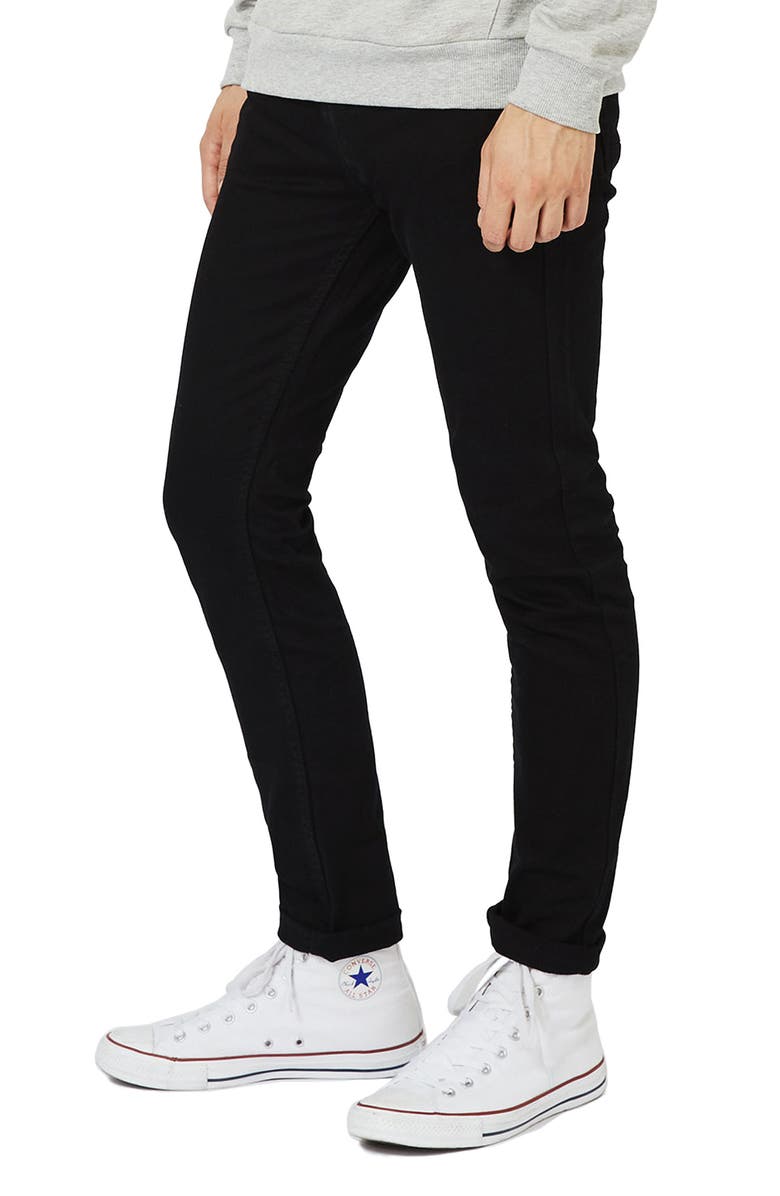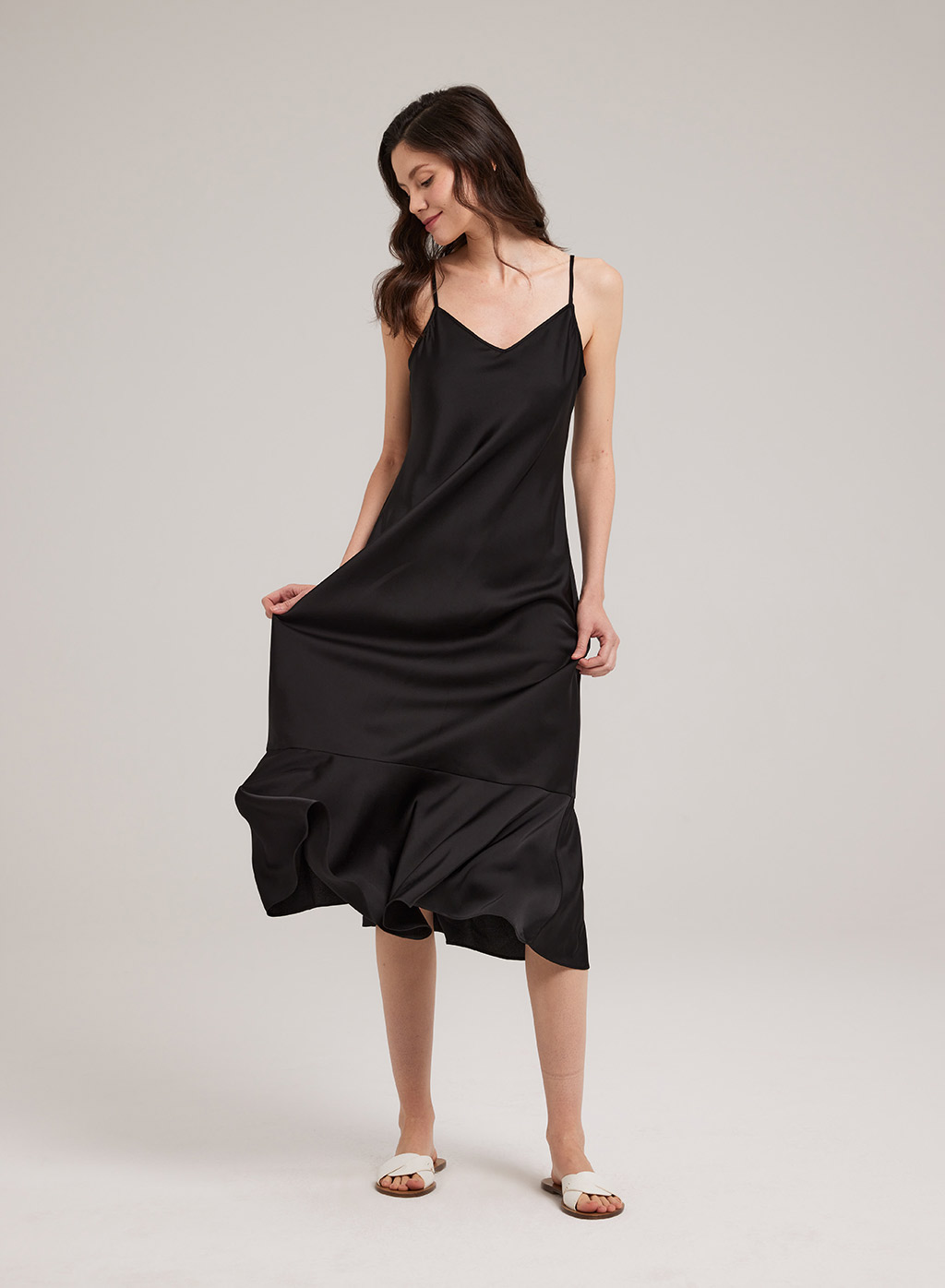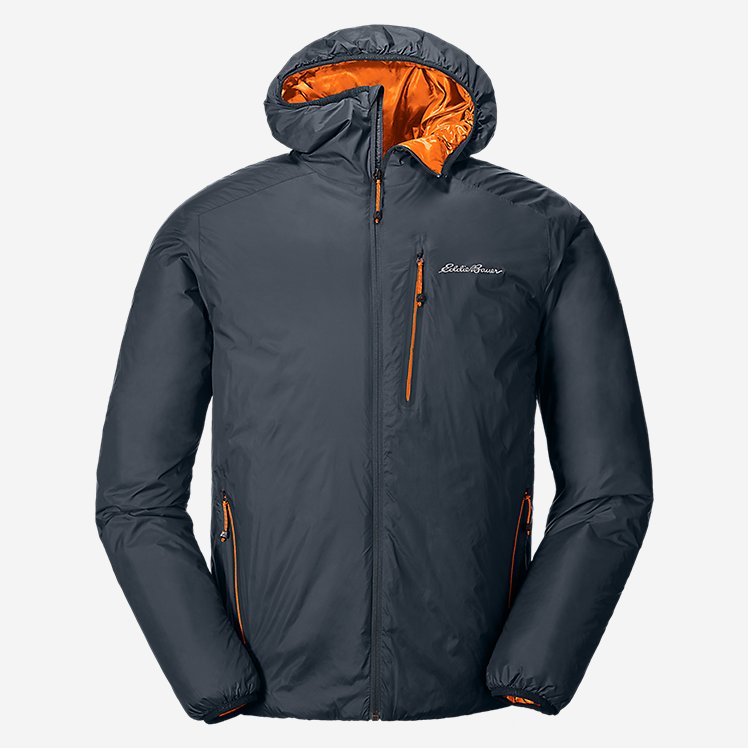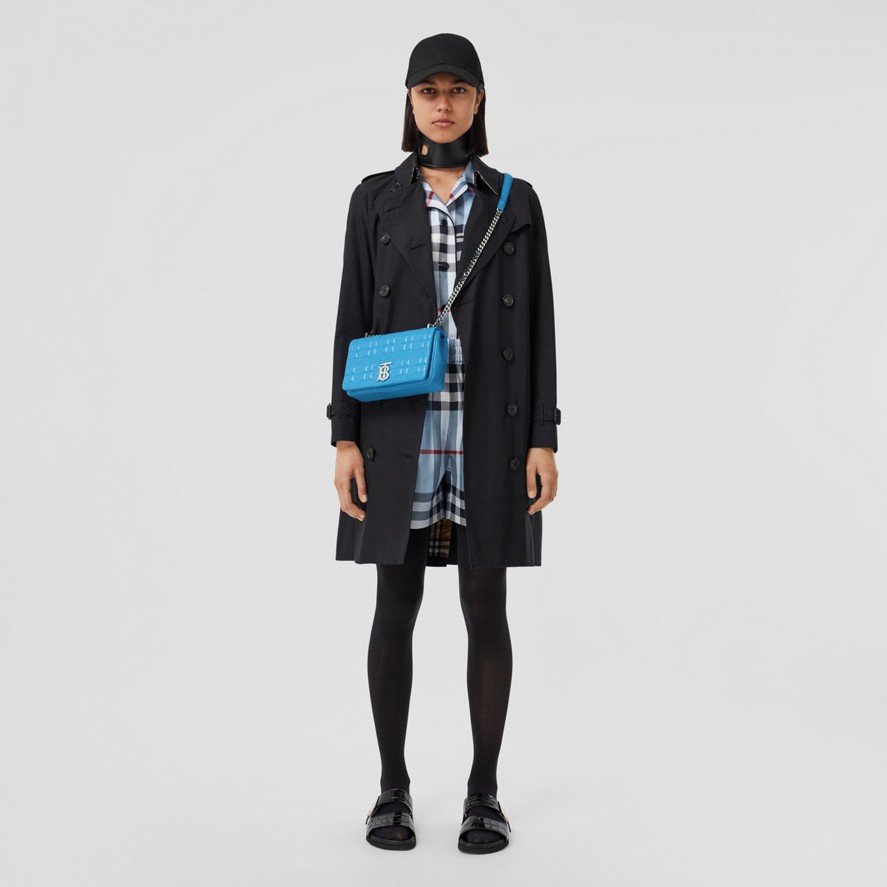Tie-Dye Cotton Unisex Short-Sleeve T-Shirt – Silkscreened Personalization Available
Vibrant color options make this a fun, on-trend, and unique style you can’t miss! 5.4-oz., 100% cotton. Choose from nearly 30 vibrant tie-dye T-shirt colors; No two patterns are exactly alike!
Description
- Vibrant color options make this a fun, on-trend, and unique style you can’t miss!
- 5.4-oz., 100% cotton
- Choose from nearly 30 vibrant tie-dye T-shirt colors; No two patterns are exactly alike!
- Dyed in the USA
- Wash separately
- Create a one-of-a-kind T-shirt with your own logo or message! Add your custom silkscreened personalization
- Individually folded and bagged with size
Product Specifications
12
ADULT SM – 3XL
Imprint Specifications
7″ X 7″, UP TO 5 LINES OR LOGO; 42 CHARACTERS PER LINE
35
Additional information
| Minimum Order Quantity | 12 |
|---|---|
| Product Size | ADULT SM – 3XL |
| Imprint Size | 7" X 7", UP TO 5 LINES OR LOGO; 42 CHARACTERS PER LINE |
| Max Imprint Characters/Line | 35 |










by Paula
I knew these tees would be a hit when I was looking for anniversary gifts for my team and my daughter said that this was a “trendy option”! The team loves them and several have asked me for them ahead of their anniversaries – they’re so excited for their tie dye.
by Casey
AMAZING pattern and color this was such a hit! Everyone went nuts over these shirts!! So fun and the tie dye is such an eye catching billboard people were lining up at HR to get them for welcome back to work!